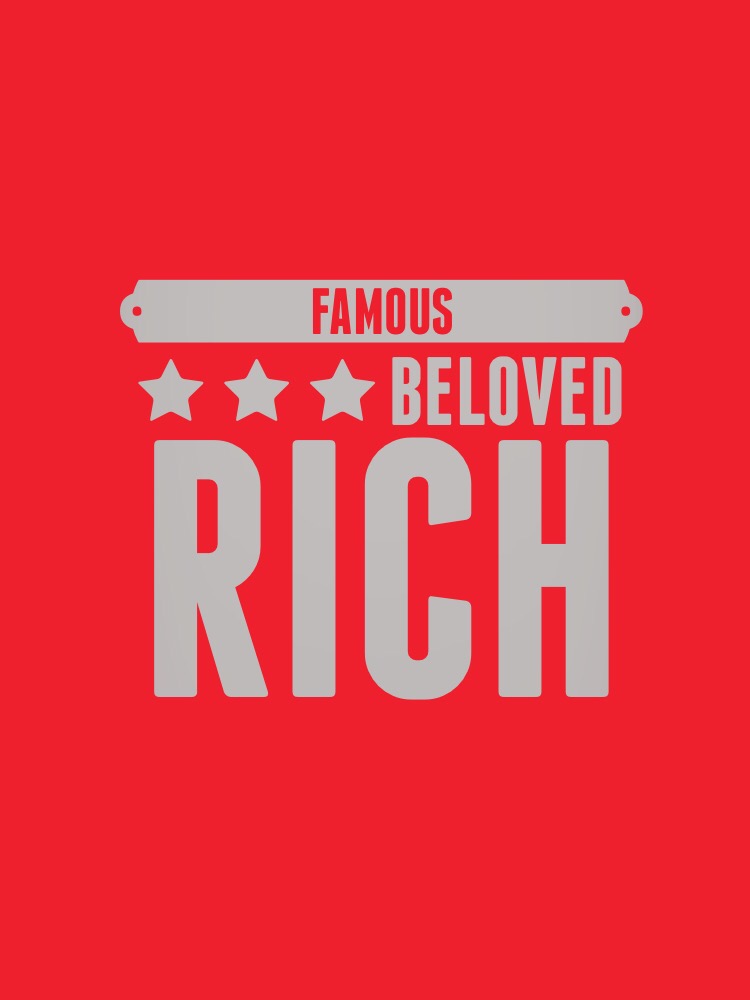-
″beautiful″ (″schön″) or ″nice″ or (″fein″) – , Mooi is Leuk
Mooi is Leuk. Nice is Nice. (well, instead of reading this, it would be better to visit an exhibition. Even if it is bad art, the change you come up with good ideas on your own after looking instead of reading is .¿. %) https://en.wikipedia.org/wiki/Lectures_and_Conversations_on_Aesthetics,_Psychology,_and_Religious_Belief Lectures and Conversations on Aesthetics, Psychology, and Religious Belief Lectures…
-
Choose two

Rich & Famous, not Beloved Not Rich, Famous & Beloved Not Famous, Rich & Beloved
-
Introduction
INTRODUCTION Yariv Alterfin used a kind of visual logo to brand his activities. The tuning fork looks like an Y and sounds like an A, to resemble his initials. So Y is a question A is and answer which is Yes, of course. Do create good art, do draw attention. This Syllabus has the intention to…
-
Your To Do List
SO NOW YOUR GAVE SOME ATTENTION PER EXAMPLE: YOUR TO DO LIST: Work Create Good Art Be Good. Be Curious.GET ATTENTION marketing |ˈmɑːkɪtɪŋ| noun [ mass noun ] the action or business of promoting and selling products or services, including market research and advertising. the Western arts of marketing and distribution. [ as modifier ] : a marketing campaign. Claim my own domain name on the web Host my domain, think of…
-
Content
The categories will fill with content